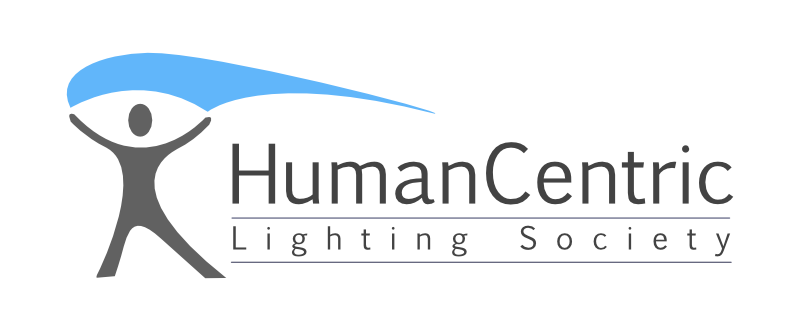We promote Human Centric Lighting, which can also be called human factors in lighting, biophilia or other names, can improve circadian rhythms, mood – preferences, visual acuity, performance and energy savings – sustainability. We firmly believe that existing and upcoming dimming and Kelvin changing products, mostly LED, which are so good for Human Centric Lighting, will become as significant as Edison creating the light bulb.
We are in the process of formulating an evidence based qualification guideline to provide ‘Human Centric Lighting’ certification service. The purpose of forming a new standard is to bridge the gap between academic research & mainstream project applications. The Human Centric Lighting Committee includes key researchers, consultants, engineers, lighting designers, retrofit contractors, ESCOs, end-customers, distributors, manufacturers, utility & rebate representatives and policy makers. [quote]Our balanced approach makes it possible for us to implement what is ‘already’ available to enhance our lifestyle, while challenging the manufacturers to take things beyond our current lighting culture, developing what is ‘not yet’ available.[/quote]
We facilitate well-designed Human Centric Lighting retrofit, remodel and new construction projects in offices, schools, hospitals and other applications from various contractors, lighting designers, engineers, manufacturers, ESCOs, researchers and others. Each successful project, especially if a case study or a research project, can help everybody on their own Human Centric Lighting projects. The lighting industry, like many industries, has been mainly somebody wins and somebody loses. We want to make it more win-win.
A secondary point is informing lighting professionals and the public the benefits of high Kelvin electric light sources at certain times of the day for certain tasks. We find it strange that so many lighting professionals only like up to 3500K electric light sources for daytime lighting, but also like daylight, which can be 6500 – 10,000K much of the day. There is already research showing positive results with 10,000 – 17,000K electric lighting. So 5000K, 6500K and even 8000K electric lights are not extreme. We understand that 2500 – 3000K can be best at certain times. Also, if people really research, they will find that the Kruithof Effect is not valid.
